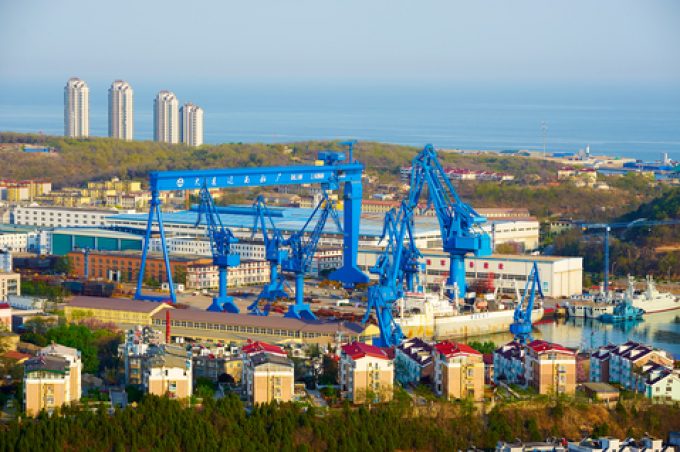Danaos – what goes boo-hoo to a 'NOO'?
Non-operating shipowners: stick or twist

Just hours after Indian prime minister Narendra Modi laid out India’s ambition to become a top-five global shipbuilder within a decade, China premier Xi Jinping lashed out at recent “de-Chinafication”.
While China is the world’s largest shipbuilder and steelmaker by a long way, many businesses have been vocal about re-shoring, near-shoring, or ‘friend-shoring’ operations elsewhere.
And at the opening ceremony of the Beijing Belt and Road forum today, president Xi slammed what he called “ideological confrontation, geopolitical rivalry and bloc politics”.
He said: ...
Maersk Air Cargo sees volumes fall as it aims for 'margin in favour of revenue'
Keep our news independent, by supporting The Loadstar
Container spot rates diverge: to Europe still falling, but firmer to the US
Hapag-Lloyd won't take bookings if port congestion leaves cargo stranded
Ecommerce likely the front-runner in resurge of transpacific trade after deal
Airfreight players eye new routes as demand on the transpacific nosedives
China-US trade tariff pause could drive a rebound for transpacific rates
Service chaos from trade ban with India a problem for Pakistan shippers
Airfreight rates ex-China 'loss-making', but hopes of a trade deal stay high
Indian coastal freight attracts major carriers, but regional tension disrupts
Serious threat to jobs in US logistics as tariffs cause economic 'stagflation'
Volume surge and an early peak season? 'Don't celebrate too soon,' warning
APMM floats along on 'solid' Q1 profitability in Ocean, well prepared for choppy water
White House u-turns see freighters flying but keep logistics players on their toes
Carriers impose 'emergency operation' surcharges on Pakistan cargo
MSC in terminal switch as Nhava Sheva gets strong start to new fiscal year


Comment on this article